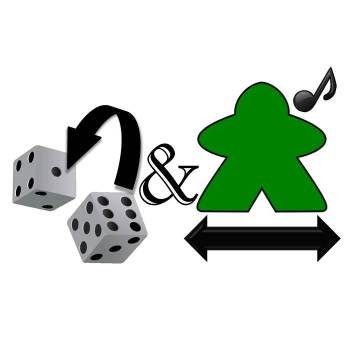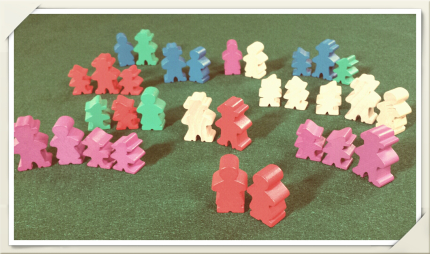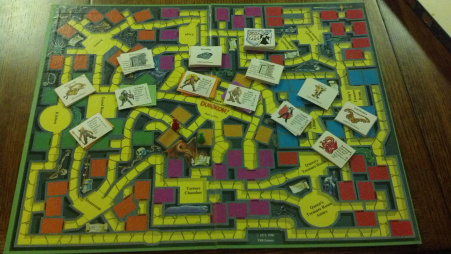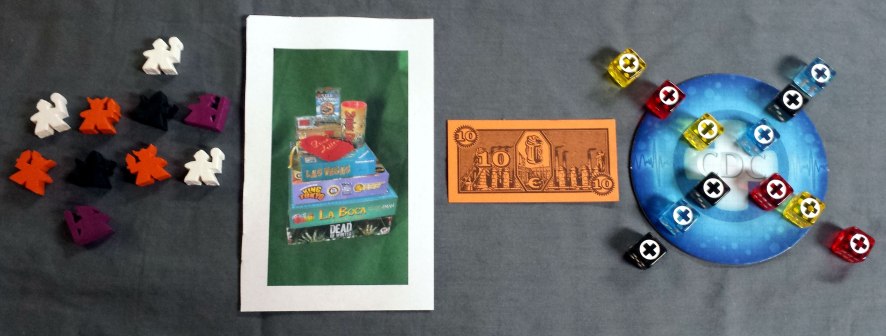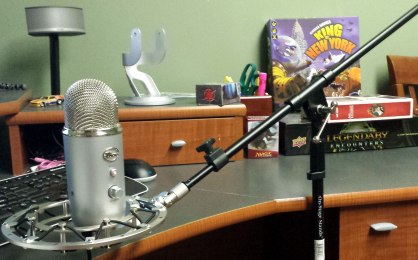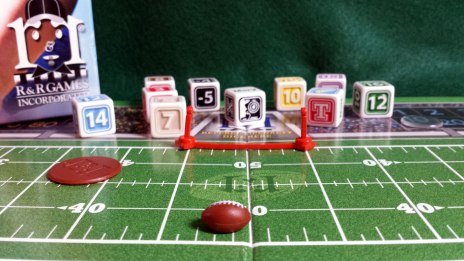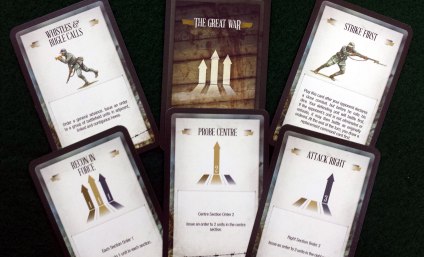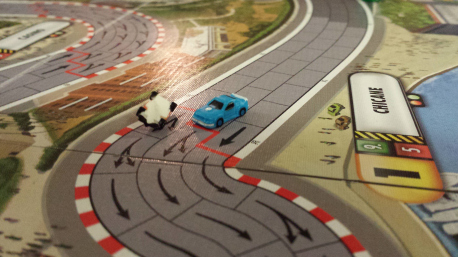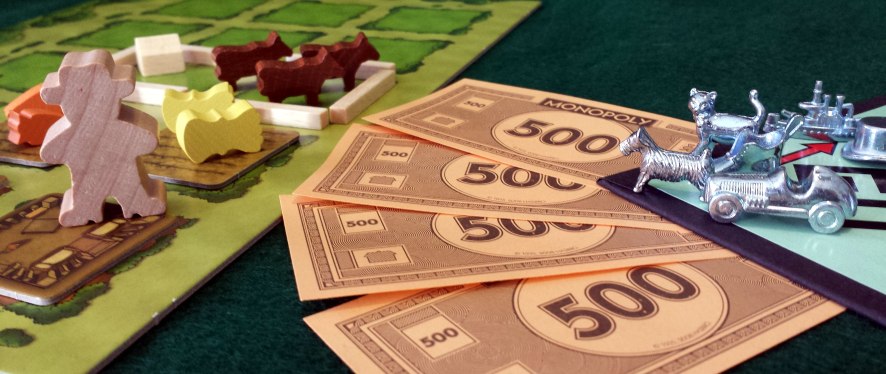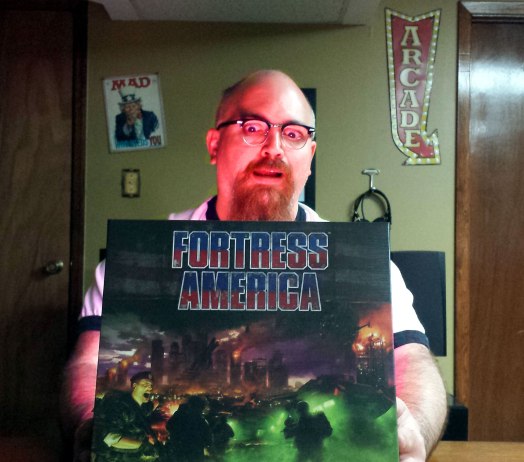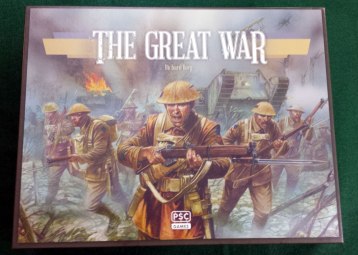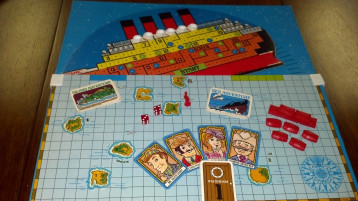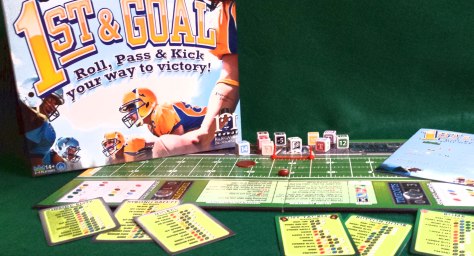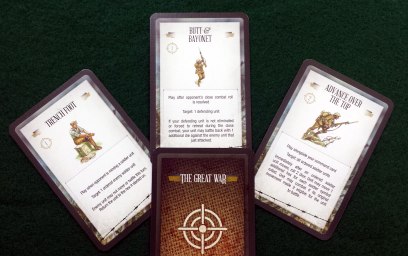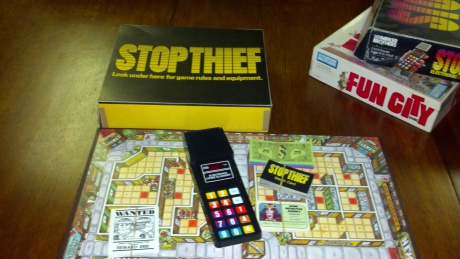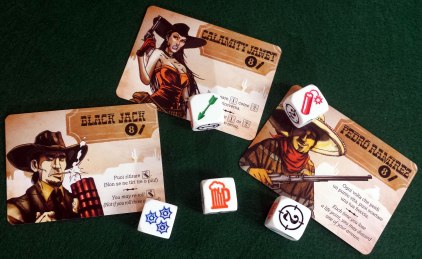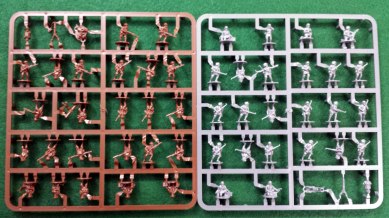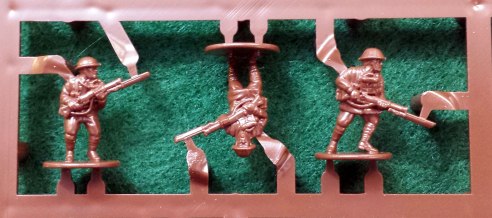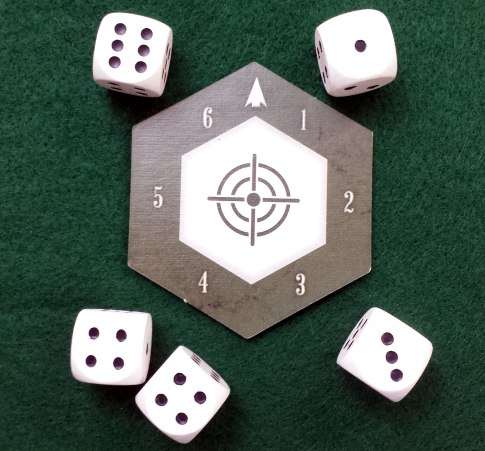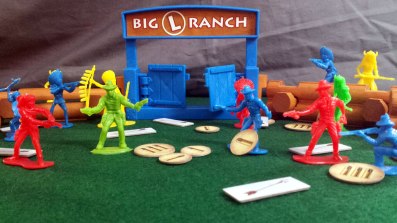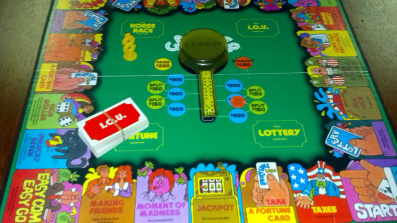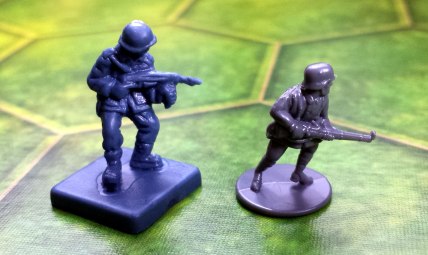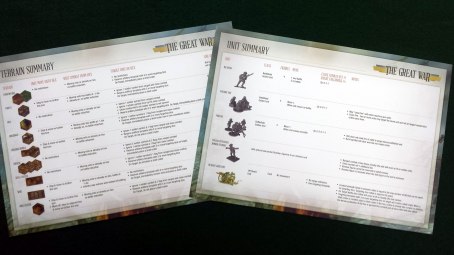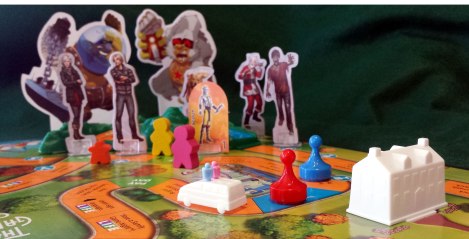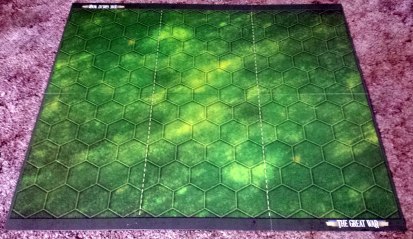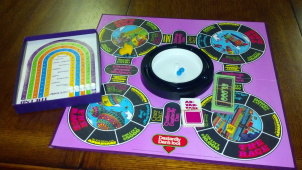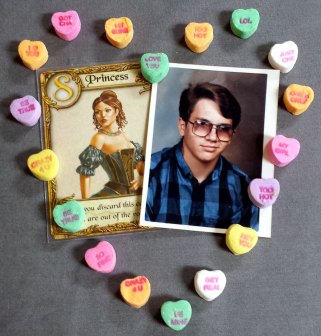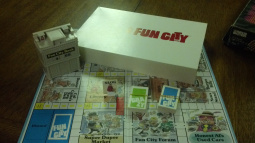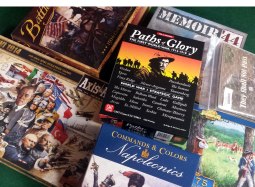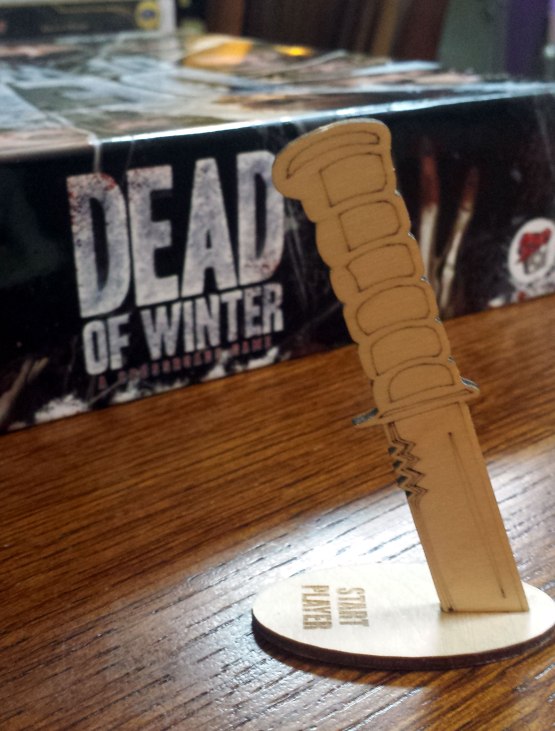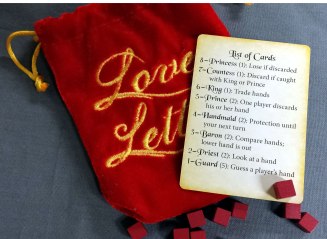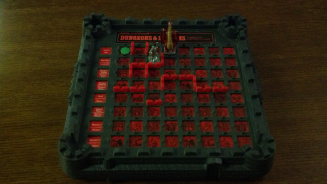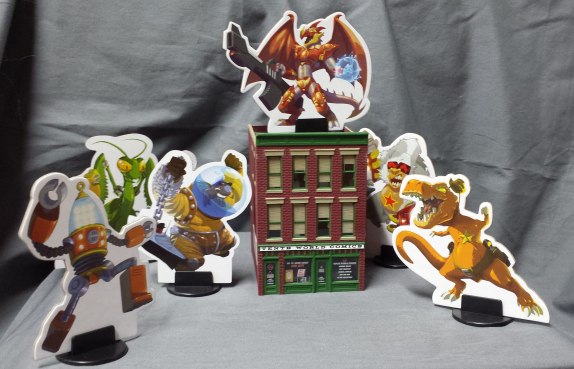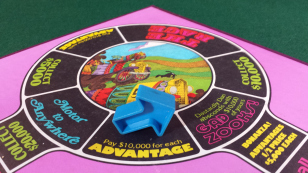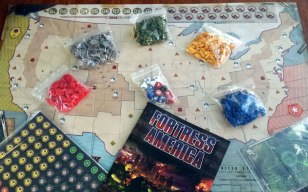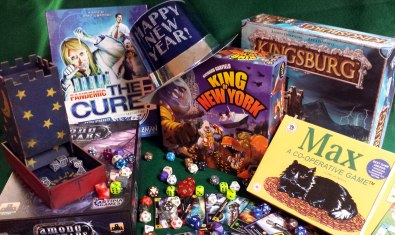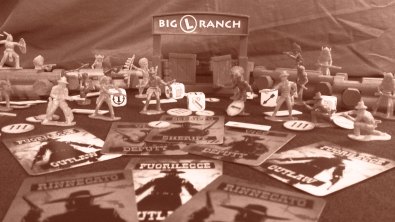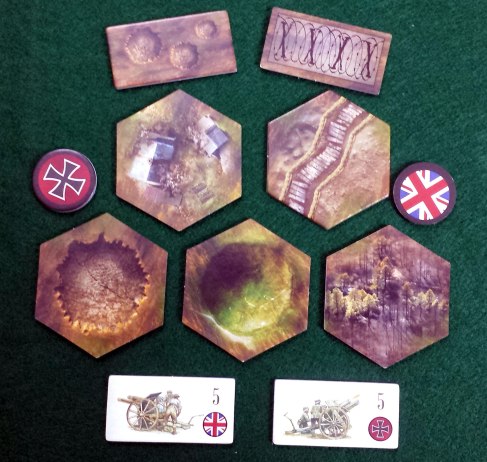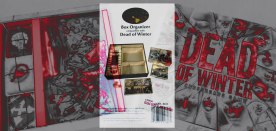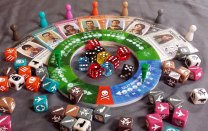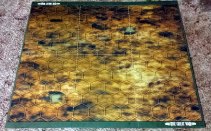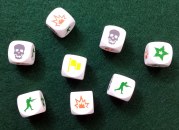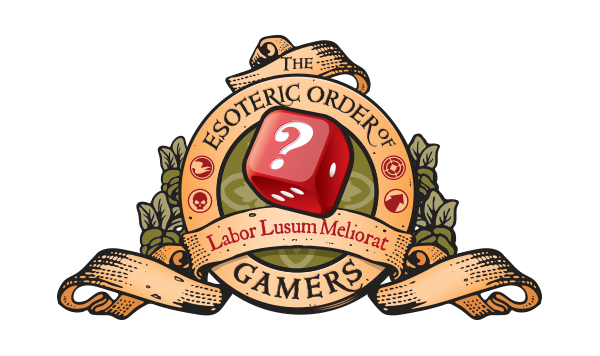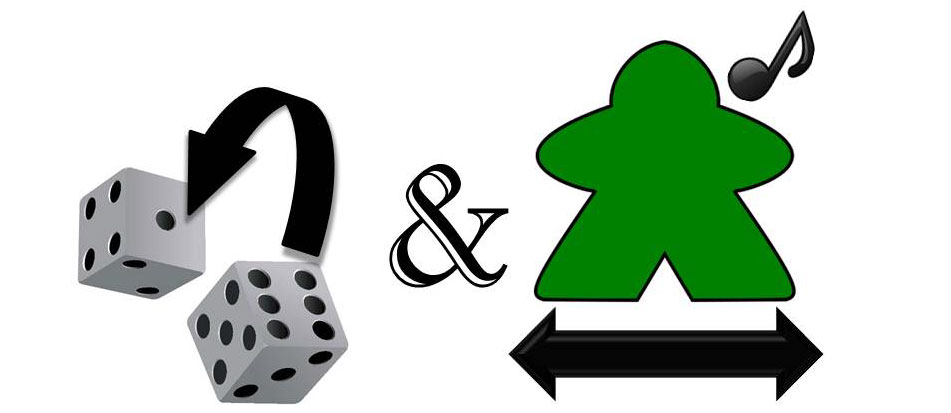RollandGroove: When I first got back into the gaming hobby, game complexity and depth were at a whole other level than I had previously experienced. I met Keith, our guest contributor and Valiant comic expert, and we started playing games like Arkham Horror. Through BoardGameGeek, I stumbled on an Arkham Horror rule summary which made refreshing my memory on how to play between sessions much easier. It also proved a very useful and quick reference while in the midst of battling an ancient one (or getting waylaid in some Other World encounter). I found that UniversalHead, the creator of these rule summaries, had a website called The Esoteric Order of Gamers, where you could find a game closet full of game summaries, tutorials, and other user-created content. I sat down this fall to interview him for an article I wrote for Casual Game and we chatted about the website and his creation process as it related to teaching games. I recently reached back out and put together this interview about the process and website. Peter Gifford, also known as UniversalHead has developed gamer-aids for over a decade and has over 700 visitors to his site daily .
Click here to visit The Esoteric Order of Gamers
RandG: How did you come up with the name, The Esoteric Order of Gamers?
UH: I wanted to give the website a feeling of being an exclusive, special and slightly mysterious club with a long history, and I’ve always been an H. P. Lovecraft fan, and so I riffed on The Esoteric Order of Dagon from The Shadow over Innsmouth. And us obsessive gamers are a breed apart, let’s face it!
RandG: What is your background in gaming, or how did you get involved in the hobby?
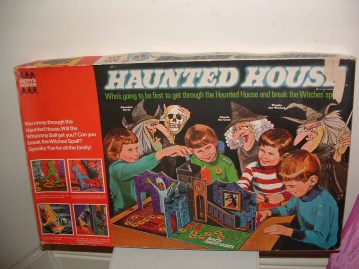
Image from the Universal Monster Army forum. You can find more about this game through this link (http://www.universalmonsterarmy.com/forum/index.php?topic=19823.0)
UH: I played a lot of games when I was a little kid and loved things like Haunted House. It was like a house divided into four with a chimney that you dropped a ball down in the middle. There was another one called ghost train that was a similar thing. I loved that they were really visual. They were 3-dimensional and had all these moving bits; really, really tactile. That’s when it must have first started.
When I was about 12, I started high school and bumped into some guys playing role-playing games like Dungeons & Dragons. The first game we ever played was Empire of the Petal Throne, which was the second role-playing game that TSR came out with after D&D. Then, we played a bit of D&D, Warhammer, Gamma World and played some board games. I then took a break from it for a while. About 10 or 15 years ago, I started getting back into it again and discovered BoardGameGeek, so the emphasis became board games rather than role playing or miniatures, though I still play those now, as well.
(Editors notes: Peter Gifford also developed and maintains a website dedicated to Tekumel, the world where The Empire of the Petal Throne takes place. It can be found here: www.tekumel.com)
RandG: How did you come about the decision to start summarizing rule books and how did that develop into a website?
UH: I shudder to think how much time I’ve spent over the last 10 years or so. There’s about 234 that I am up to. I just started because I had all these games on the shelf and would get annoyed every time I would play and have to bring the game down and read the rules again to refresh my understanding of the rules. I found it very tedious to go through the rule book every time to remind myself. I thought, there must be an easier way, what if I do a simple summary sheet? Of course, I couldn’t keep it simple because I am a graphic designer by trade, so I had to make it look pretty and try to match the game; make all the text columns line up perfectly and all the rest of it, so it started there. I thought, this is really handy – and it was – so I thought I would do it for every one of my games!
RandG: Describe the approach you take when you decide to make a rule summary for a game? How do you begin to break down the rules into smaller parts?
UH: I came up with a system pretty early on and it seems to have survived the years. Layout started pretty early on, it’s just over 6pt. text so that’s pretty small text, but you have to do that to fit it to the size. I want to, if possible, keep it to a double sided sheet. The thing that people don’t notice the most, is how much effort goes into fitting it exactly into that space. If you look at all my summaries, you’ll see virtually all of them fit into two pages. All the columns line up with the text at the bottom; the last line goes to the last line. It’s really a balancing act to summarize it like that. Sometimes I spend ages agonizing over losing one word in a sentence so I can fit it in and still get exactly the same message across.
Basically, the process I follow is setup, turn sequence and winning conditions. Between the turn sequence and winning conditions, I have all the other information, so there’s a combat section, or whatever. In lots of games, they tell you the turn sequence but just give you a summary and then go into all the detail later. I prefer to get all the detail into the turn sequence. When you’re playing the game, you can look at the summary and follow the turn sequence to get all the information. The idea is not to skip around from section to section all the time. This is one of the things with rules; you are always flipping around from section to section. I am trying to get all that information in a flow. I don’t use callouts or anything, because I try to get everything into the flow of play. If something is mentioned, it tells you how to do it right there, instead of referring you to another section.
I don’t necessarily rewrite as I am looking at it. I will take out all the fluff text, try to get rid of any repetition, just try to simplify the language. You can take out huge chunks of text and still make the communication clear. You don’t have to be unbelievable picky about what you’re saying and sometimes rules do that. They’re attempting to get absolute clarity but I think sometimes it muddies the communication; it has the opposite result.
RandG: Is there a summary that are you most happy with?
UH: I’ve done so many, but I’m especially pleased with those summaries that use graphic design to simplify complexity – the Tide of Iron, Memoir ’44 and Deadzone reference sheets are good examples. I’m also proud of those big jobs in which I redesigned all the unit cards; games like Confrontation and AT-43. And I like making poorly written rules more accessible so people play good games more often – the recent Robinson Crusoe summary springs to mind.
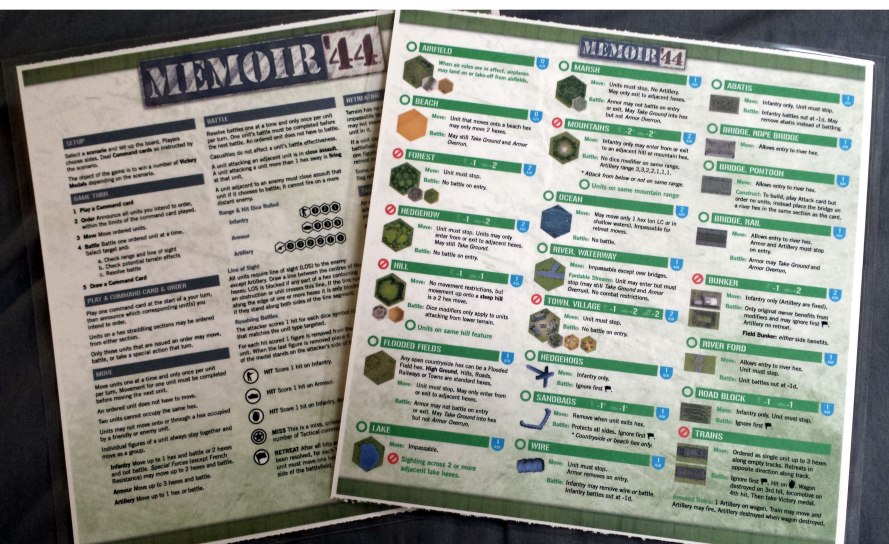
A sample from my set of the UniversalHead Memoir ’44 summary. Cropped and laminated, because that’s how I roll.
RandG: User created content is a very big part of hobby gaming. It seems there has been a trend in game publishing over the last several years to include more rules summaries, reference sheets, etc. as part of the contents. Do you feel you have had an influence or impact on that trend?
UH: <said with a smile> I have no idea, though it’s nice to think so isn’t it?
RandG: Where do you see the website going in the near future?
UH: Now that would be telling! I have plans, but for now I’m very proud of the fact that the website is, and always has been, updated very regularly every few days, and I intend to keep doing that.
RandG: Any big, upcoming gamer aids you want to tell readers about?
UH: One day I’ll do Twilight Imperium, I promise!
Categories: Board Games, Gaming, Interviews
